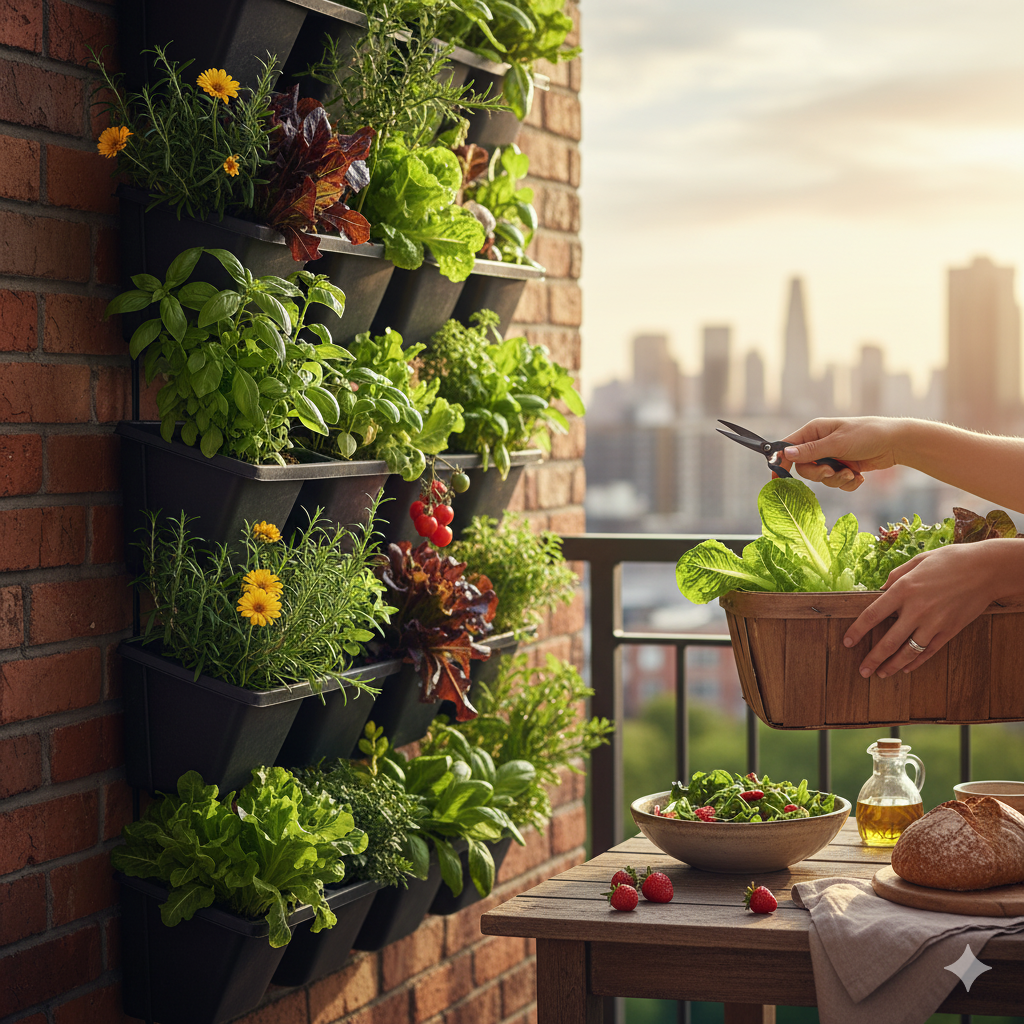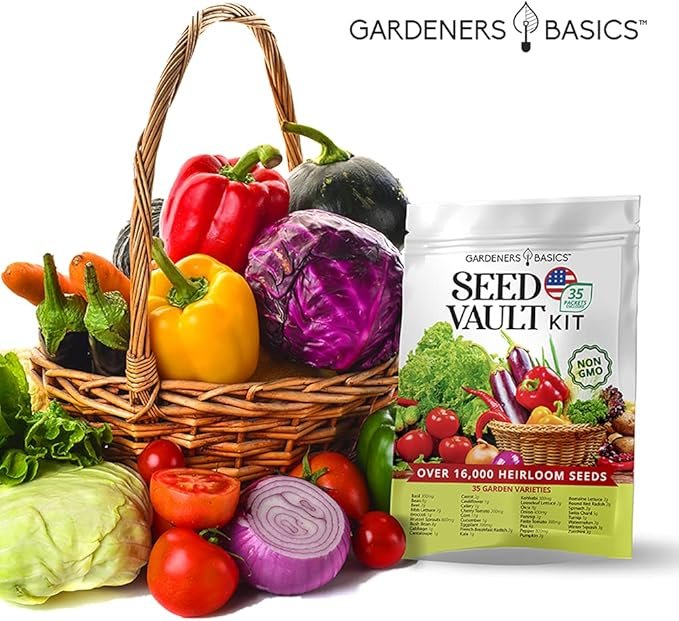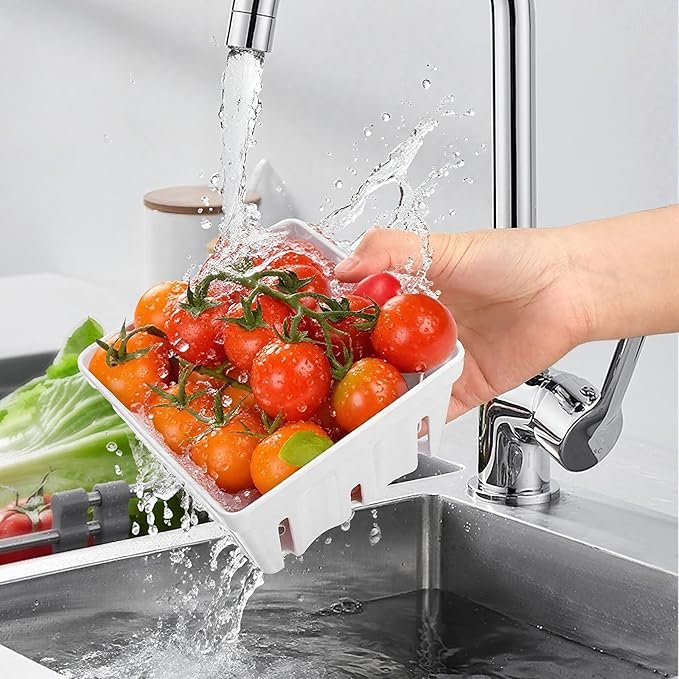In our modern lives, the journey our food takes is often a long, anonymous one. We navigate the brightly lit aisles of a grocery store, selecting produce that was grown hundreds of miles away, by people we’ll never meet. The connection is lost. We eat, but we don’t always feel nourished in the truest sense of the word. What if you could shrink that journey from hundreds of miles to a few simple steps?
Imagine this: you’re making dinner. You need a handful of fresh basil. You don’t reach for a plastic container in the fridge; instead, you walk to a living wall in your kitchen or on your balcony, a cascade of vibrant green. You snip a few fragrant leaves, and their aroma fills the air. This isn’t a far-off fantasy. This is the simple, profound reality of a Vertical Kitchen Garden.
This guide is about more than just a space-saving way to grow food. It’s about transforming a wall into a source of life. It’s about the daily ritual of tending, the sensory delight of a sun-warmed tomato, and the unparalleled joy of the mindful harvest. It’s an invitation to close the gap between growing and eating, and in doing so, to reconnect with your food and yourself.

Table of Contents
The Philosophy of a Vertical Kitchen Garden: More Than Just Food
Before we talk about pots and soil, let’s talk about the “why.” An edible wall is a powerful tool for an unplugged routine, offering benefits that go far beyond the plate.
- Hyper-Local, Hyper-Fresh: You simply cannot get fresher, more nutrient-dense food than what you pick moments before you eat it. The journey from wall to table is the ultimate expression of the “farm-to-table” movement, right in your own home.
- A Ritual of Mindfulness: Tending to your garden—even for just five minutes a day—is a grounding practice. The acts of watering, checking for new growth, and pruning leaves become a moving meditation. It pulls you out of the digital haze and into the tangible, living world.
- Eliminating Food Waste: How often have you bought a large bunch of herbs only to watch most of it wilt in the back of your fridge? With a vertical kitchen garden, you harvest exactly what you need, when you need it. This simple act is both economically and environmentally conscious.
- A Full Sensory Connection: This is a garden that engages all the senses. You see the vibrant colors, you smell the rich aromas as you brush past the leaves, you feel the different textures, you hear the gentle rustle, and finally, you taste the incredible flavor. It’s a complete, immersive experience.
Designing Your Edible Wall: Planning Your Vertical Kitchen Garden
A successful harvest begins with a thoughtful plan. Setting up your garden for success is a simple process that hinges on three key elements.
1. Location: Follow the Sun
This is the non-negotiable rule of edible gardening. Most of the plants we love to eat are sun-worshippers.
- Find Your Sunniest Spot: Before you do anything else, observe your potential garden locations. You are looking for a spot on a balcony, patio, or a south-facing wall that receives at least 6-8 hours of direct sunlight per day.
- Light is Flavor: For vegetables and herbs, sunlight is directly converted into flavor. A sun-starved plant will be leggy, pale, and bland. A sun-drenched plant will be robust, vibrant, and bursting with taste.
2. System: Choose Your Structure
The beauty of a vertical kitchen garden lies in its versatility. There are systems to suit every space and budget.
- Felt Pocket Planters: These are fantastic for greens and herbs. The individual pockets help contain aggressive growers (like mint) and the fabric allows for excellent aeration of the roots.
- Tiered or Stacking Planters: These are ideal if you want to grow slightly larger plants. The top tiers can house sun-lovers like cherry tomatoes, while lower tiers can provide a little shade for lettuces in hot climates.
- Wall-Mounted Pots & Railing Planters: A simple and elegant solution, allowing you to create a custom configuration of pots on a wall or hang them from a balcony railing.
3. Soil: Build the Foundation
You are what you eat, and your plants are what their roots eat. For container gardening, soil is everything.
- Use High-Quality Potting Mix: Never, ever use soil from your backyard. It will compact into a concrete-like brick, choking and waterlogging your plant’s roots.
- Look for the Right Ingredients: A good mix for edible plants will be lightweight and nutrient-rich. Look for bags containing compost, peat moss or coco coir, and perlite or vermiculite for drainage. This foundation will ensure your plants have the fuel they need to produce a bountiful harvest.
The “Wall to Table” All-Stars: Best Plants for a Vertical Kitchen Garden
Now for the most exciting part: choosing what to grow. The best plants for a vertical kitchen garden are productive, relatively compact, and offer a high reward for the space they occupy.
Category 1: The Cut-and-Come-Again Greens
These are the workhorses of the edible wall, providing a continuous supply of fresh salad greens. The “cut-and-come-again” method means you harvest the outer leaves, and the plant’s center continues to produce new ones for weeks or even months.
- Loose-Leaf Lettuce: Varieties like ‘Black Seed Simpson’ or ‘Oakleaf’ are perfect. They grow quickly and you can harvest the outer leaves as soon as they’re big enough for a salad.
- Spinach & Arugula: These cool-weather lovers provide delicious, nutrient-packed leaves. Arugula adds a wonderful peppery kick to any dish.
- Kale: Choose a compact variety like ‘Dwarf Blue Curled’. Kale is incredibly hardy and productive, providing leaves for salads, smoothies, or kale chips.
- Harvesting Technique: Use a pair of clean scissors. Snip the largest, outermost leaves at the base of the stem, always leaving the central rosette of smaller, new leaves untouched. This is the plant’s growth engine.
Category 2: The Essential Culinary Herbs
No kitchen garden is complete without herbs. They provide the flavor that elevates a simple meal into something special. Frequent harvesting is the key—the more you trim them, the bushier and more productive they become.
- Basil: The king of summer herbs. Needs lots of sun and consistent moisture. When you harvest, pinch off the top set of leaves right above a leaf node to encourage branching.
- Mint: Incredibly vigorous and best kept in its own pot or pocket to prevent it from taking over. Perfect for teas, infused water, and cocktails.
- Parsley & Cilantro: Harvest the outer stems just as you would with lettuce. These are essential for finishing dishes and making sauces.
- Chives: Their gentle onion flavor is perfect for eggs, potatoes, and salads. Snip the green stalks from the outside of the clump, leaving about an inch behind. The purple flowers are edible and beautiful, too!
Category 3: The Hanging Jewels (Small Fruits & Veggies)
Growing fruit on a wall feels like magic. These plants require a bit more sun and nutrients, and slightly deeper soil, but the reward is unparalleled.
- Cherry Tomatoes: Look specifically for “determinate,” “patio,” or “trailing” varieties like ‘Tumbling Tom’ or ‘Tiny Tim’. These are bred for small spaces and will produce a single, large crop of tomatoes that ripen around the same time.
- Strawberries: Alpine or everbearing varieties are perfect for containers. They will produce sweet, fragrant berries throughout the season. Let them cascade over the side of your planter for a beautiful effect.
- Snap Peas: These are climbers, so provide them with a small trellis or some string to grab onto. Harvesting the crisp, sweet pods is a delight, and the tender shoots and flowers are also edible.

Category 4: The Flavor Boosters (Edible Flowers)
Don’t underestimate the power of edible flowers. They add a touch of gourmet elegance, unique flavors, and a pop of color to your wall and your plate.
- Nasturtiums: Both the leaves and flowers are edible, with a wonderfully peppery taste similar to arugula. They are incredibly easy to grow and will trail beautifully.
- Pansies & Violas: These charming flowers have a mild, slightly sweet or wintergreen flavor. They are perfect for decorating salads, desserts, and drinks.
- Calendula: Known as “poor man’s saffron,” the petals of calendula have a slightly spicy, peppery flavor and can be used to add a golden color to rice or salads.
The Art of the Mindful Harvest
The moment of harvest is the culmination of your care and attention. Approach it not as a chore, but as a ritual.
- Gather Your Tools: All you need is a small basket or bowl and a clean, sharp pair of scissors or herb snips. A sharp cut is healthier for the plant than tearing.
- Choose the Right Time: The best time to harvest is in the morning, after the dew has dried but before the sun gets too hot. The plants are at their most hydrated, and their essential oils (which means flavor and aroma) are at their peak.
- Engage Your Senses: This is the mindful part. Don’t rush. As you approach your garden, notice the colors and shapes. Touch a leaf and feel its texture. Gently brush a sprig of rosemary and inhale its scent.
- Harvest with Intention: Take only what you need for your meal. As you snip a leaf or a stem, you can even offer a silent “thank you” to the plant. This small act of gratitude fosters a profound sense of connection.
- Use Immediately: The ultimate luxury is using your harvest within minutes of picking it. Rinse the leaves gently under cool water, pat them dry, and add them to your meal. This is food at its most vital.

From Wall to Plate: Simple Ideas for Your Harvest
You don’t need complex recipes to enjoy your bounty. The beauty of fresh-picked produce is its ability to shine in the simplest preparations.
- The 5-Minute “Wall Salad”: Snip a few leaves of different lettuces, some spicy arugula, a sprig of parsley, some chives, and a few nasturtium or pansy flowers. Toss with a simple vinaigrette. It will be the most vibrant salad you’ve ever tasted.
- Instant Infused Water: Add a sprig of mint and a few sliced strawberries to a glass of water for a refreshing, sugar-free drink.
- The Perfect Garnish: Elevate any dish—from scrambled eggs to a hearty stew—by finishing it with a sprinkle of freshly chopped parsley, cilantro, or chives.
- The Sun-Warmed Snack: There is no greater joy than eating a perfectly ripe cherry tomato, still warm from the sun, picked directly from the vine. This is a snack that nourishes the body and the soul.
Your Mindful Harvest Awaits
A Vertical Kitchen Garden does more than feed you; it connects you. It connects you to the rhythm of a growing season, to the source of your nourishment, and to a daily practice of mindfulness. It transforms a sterile wall into a dynamic, living system and an ordinary meal into a celebration.
The journey from a tiny seed to a delicious meal is a miraculous one. By inviting that journey into your home, you are choosing a more deliberate, more flavorful, and more unplugged way of life.
What will be on your wall-to-table menu? We would love to see your edible walls and the delicious meals they inspire. Share your photos on social media with the hashtag #UnpluggedRoutineHarvest, and let us know in the comments what you’re most excited to grow!